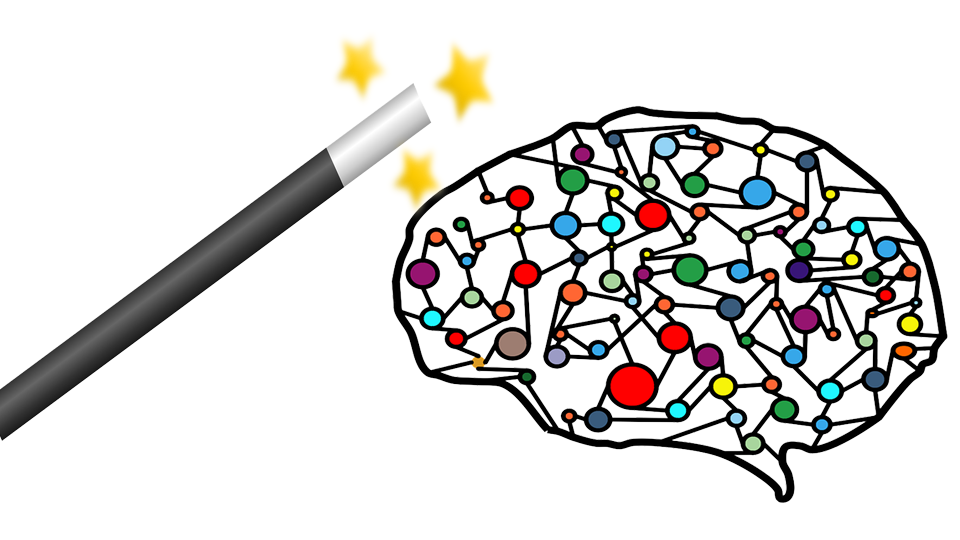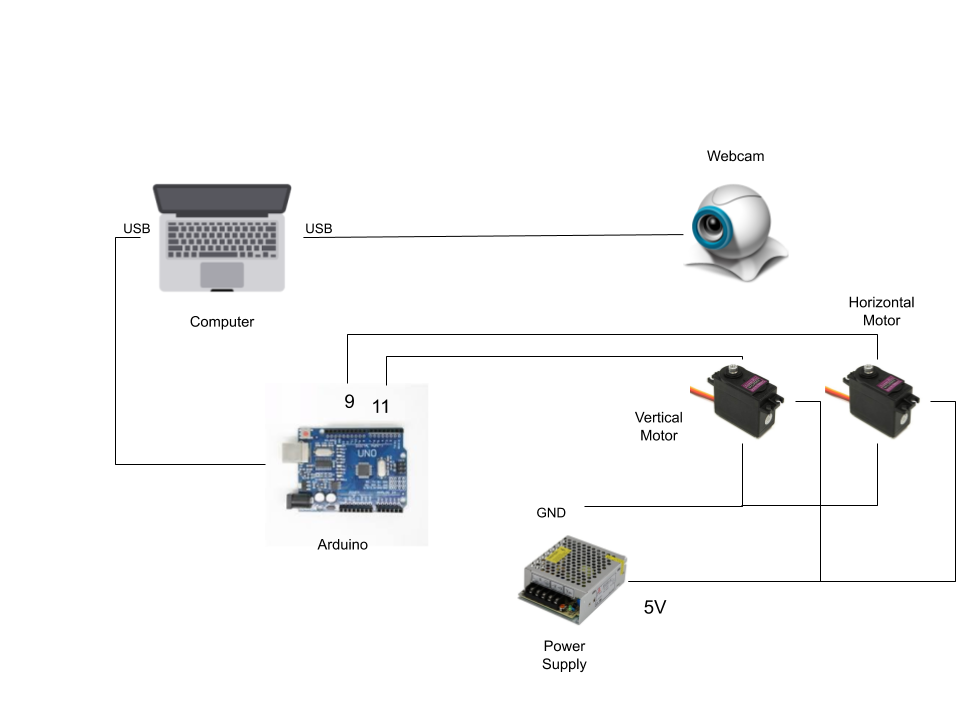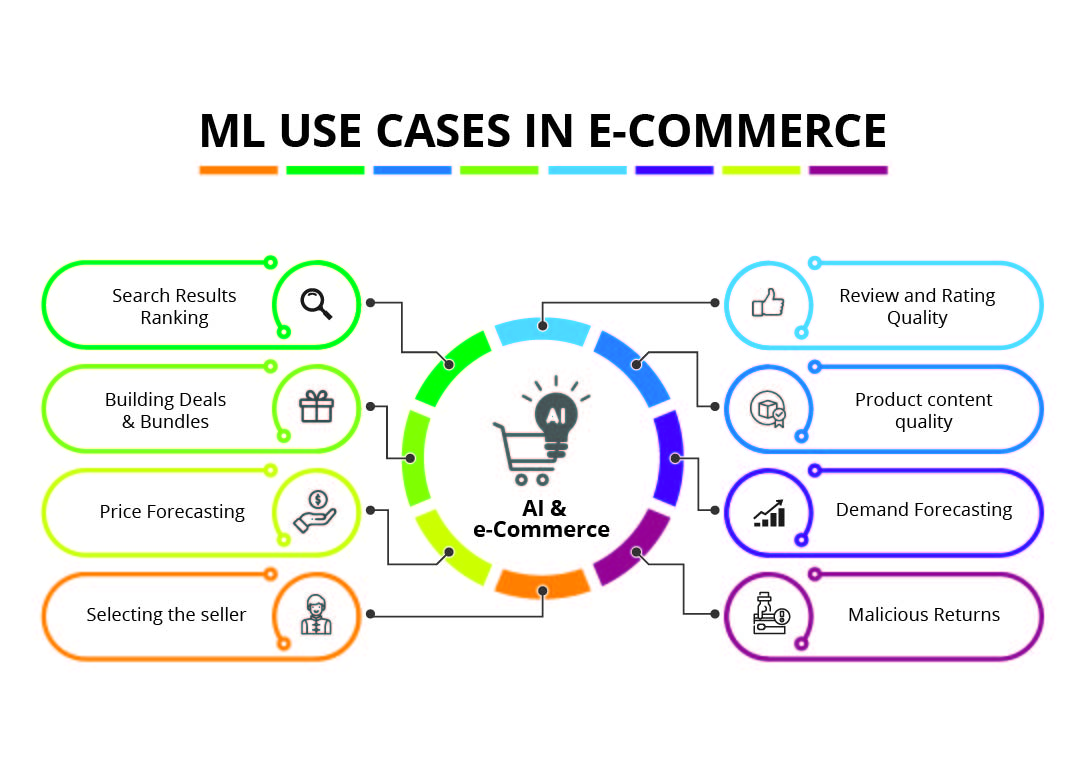
When you are building a production system whether it’s a machine learning model deployment or simple data cleaning, you would need to run multiple steps with multiple different tools and you would want to trigger some processes periodically. This is not possible to do it manually more than once. Therefore, you need a workflow manager and a scheduler. In workflow manager, you would define which processes to run and their interdependencies and in scheduler, you would want to execute them at a certain schedule.
When I started using Apache Hadoop in 2012, we used to get the HDFS data cleaned using our multiple streaming jobs written in Python, and then there were shell scripts and so on. It was cumbersome to run these manually. So, we started using Azkaban for the same, and later on Oozie came. Honestly, Oozie was less than impressive but it stayed due to the lack of alternatives.
As of today, Apache Airflow seems to be the best solution for creating your workflow. Unlike Oozie, Airflow is not really specific to Hadoop. It is an independent tool – more like a combination of Apache Ant and Unix Cron jobs. It has many more integrations. Check out Apache Airflow’s website.
Continue reading “Getting Started with Apache Airflow”




